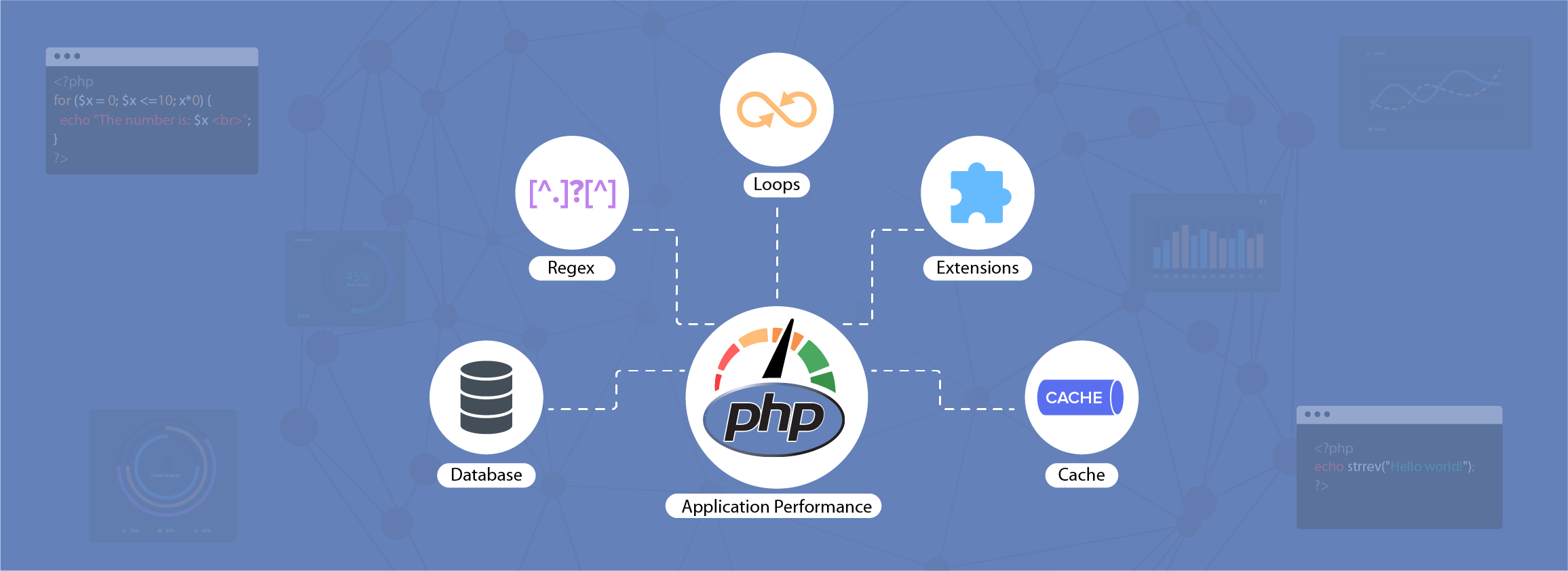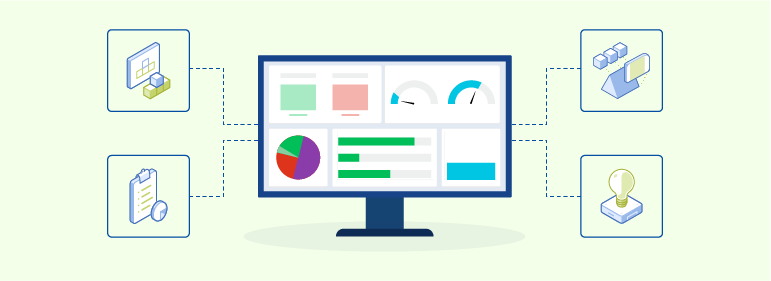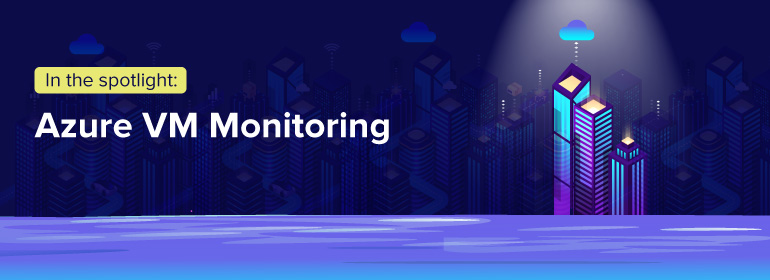15 Key Concepts/Terms Every Datacenter Administrator Should Know
In my previous blog post, I had given you a quick look into what is a datacenter and how it is classified. In this blog post, I will be posting about the some of the key concepts and terminologies used in a datacenter.
PUE - Power Usage Effectiveness This is one of the key terms that is widely used in a datacenter. The term PUE stands f...
10 filter patterns that are helpful for managing your logs
Log files, which are the records of everything that has happened in your server, application, or framework, are generally unfiltered and huge. Going on for pages, these plain text files are packed with tons of information and are the initial go-to place for any troubleshooting. However, the challenge lies in reading, understanding, and interp...
Site24x7 Server Monitoring: Your pit stop for capturing the disk monitoring flag
All storage devices, whether on-premises or in the cloud, are used to store or maintain data in a server. To organize files based on usage and perform read/write operations, the disk is divided into separate portions called partitions. A partition can contain the entire disk space or some of it. Disk usage gives the amount of space used ...
Why HTTPS is important for your website security
HTTP, which stands for Hypertext Transfer Protocol, is a communication protocol used by your browser to connect to the web server of the site you're looking for. When HTTP data transfer between the browser and the web server is shared via unencrypted hypertext, anybody connected to your network can intercept the data you're transfer...
A developer's guide to optimizing PHP performance
With its open-source nature, PHP has evolved into one of the most popular languages among web developers. According to w3techs, 78 percent of websites across the globe use PHP as their server-side language. Even amongst the top 1,000 ranked sites, PHP is dominant, being used by more than 50 percent of them.
While PHP is efficient and ve...
How Nutanix has changed the approach to virtual infrastructure monitoring
Reinventing any technology is an interminable process. When it comes to legacy infrastructure and virtualization, Nutanix took the giant leap to hyper-converged infrastructure (HCI). Dating back to 2009, Nutanix brought in HCI with the vision to invent a better way to build and manage data centers.
HCI is a single-platform app...
Serverless computing: The what, why, and why not
Applications have traditionally been run on servers, which have to be closely monitored to ensure there are no hindrances in production. In the case of serverless computing, you no longer have to manage servers, as the onus falls on cloud service providers. Read along to discover more about serverless computing, including some of its advantag...
A beginner's guide to monitoring desktop applications
Desktop applications are self-contained programs that operate without any external hosting software. While a web application typically requires a web server to translate the program into HTML content for the web browser to consume, desktop applications deliver the service directly to end-users.
We use a number of desktop applications da...
Automating serverless workflows with Amazon EventBridge
Event-driven applications have become the foundation for developing modern digital applications. Application workflows are easier to automate with serverless frameworks, and Amazon EventBridge has revolutionized the way serverless applications are built.
Since serverless is the new cool kid in the town, there has been a lot of infrastru...
Unlock the flexibility and financial benefits of Azure VMs with Site24x7
Virtual machines (VMs) are one of the on-demand, scalable computing resources that Microsoft Azure offers. They enable streamlined allocation of resources in backup, disaster recovery, and deployment environments. A VM is typically chosen when you need more control over your computing environment.
However, Azure VMs come with ...








